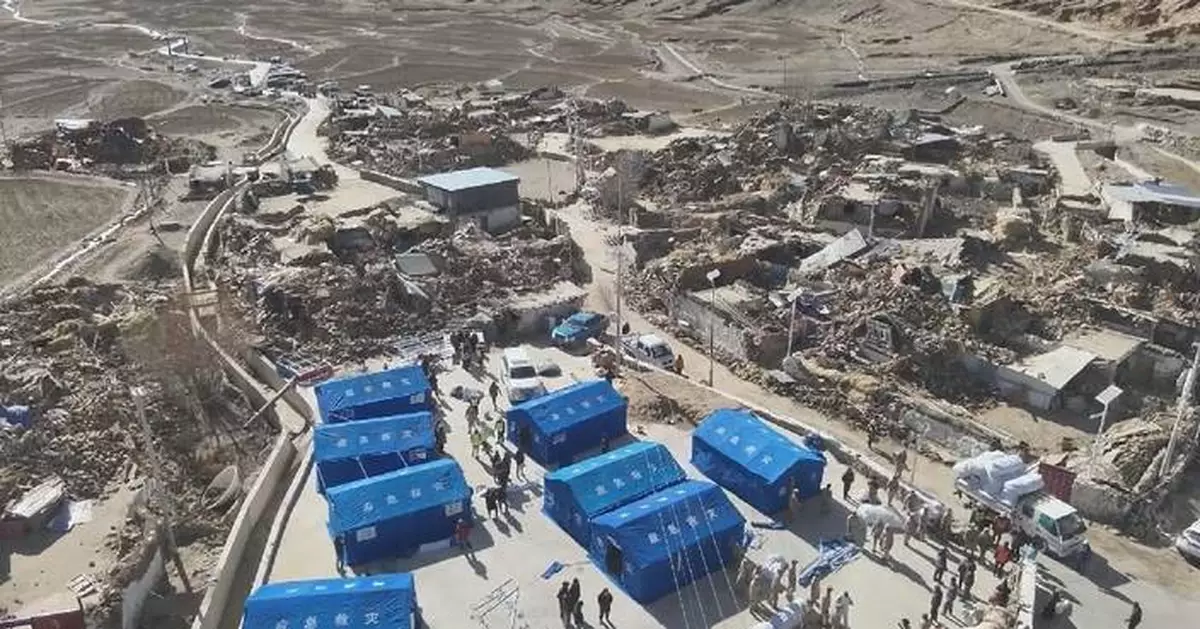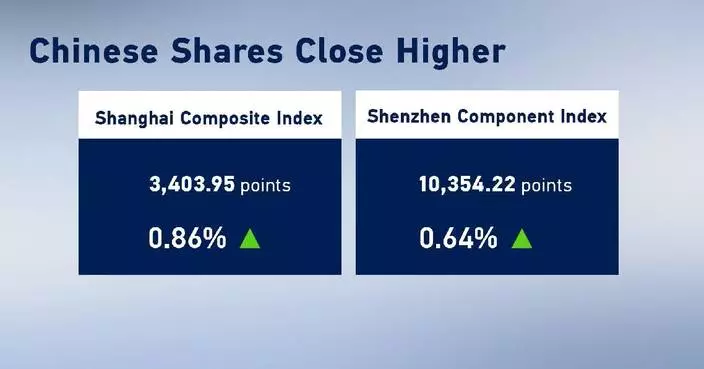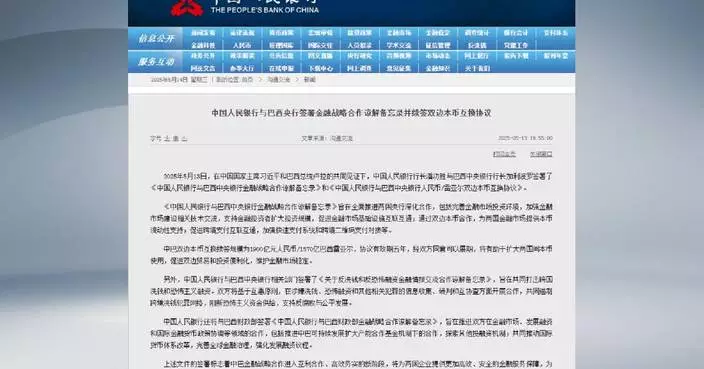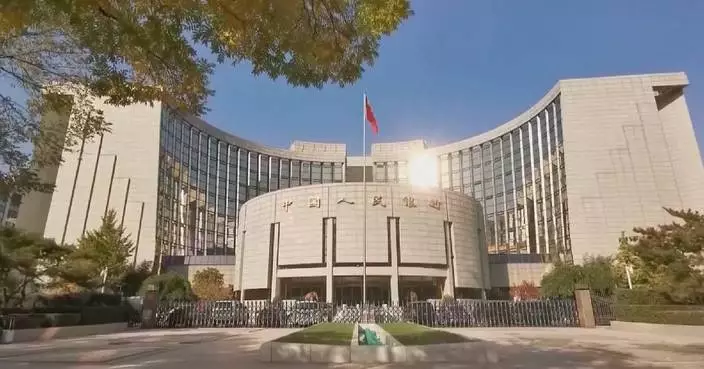Emergency operations are continuing in southwest China's quake-hit Xizang Autonomous Region on Wednesday, as rescuers desperately dig through the rubble in a bid to locate any possible survivors while efforts are being made to ensure the well-being of relocated residents following the previous day's deadly quake.
The 6.8-magnitude quake struck Dingri County in Xigaze at 09:05 on Tuesday morning, causing at least 126 fatalities and 188 injuries and leading to the collapse of over 3,600 houses.
Numerous tremors have been experienced in the hours since, with some 660 aftershocks being recorded as of 10:00 Wednesday, with the strongest registering at a magnitude of 4.4, located approximately 18 kilometers from the main quake's epicenter.
Despite the difficulties, rescuers have continued working throughout the night in freezing temperatures. By Tuesday evening, a total of 407 individuals had been pulled out from beneath the rubble, while over 30,400 affected residents had been safely relocated.
Among the affected areas, the Changsuo Township has been one of the hardest hit. However, a swift emergency response operation saw all residents in Changsuo's devastated Gurong Village being relocated by Tuesday afternoon.
Local officials say they have worked quickly to distribute food and emergency supplies to the affected people, ensuring they had appropriate shelter as temperatures plunged as low as minus 18 degrees Celsius overnight.
"By yesterday afternoon, all our trapped personnel had been resettled and relocated. Later the same day, we also provided hot meals and cold-weather supplies. From our interactions with the people in the tents this morning, we found that they were kept relatively warm last night," said Xu Chao, the first Party secretary of Gurong Village.
"For the collapsed houses, our main task now is to make the greatest effort to minimize the loss of property for the people, and work quickly to retrieve people's belongings, especially those valuable ones, from the debris," added Xu.
In addition, the townships of Cuoguo and Quluo in Dingri County have also suffered the most severe damage. Currently, road sections which were cut off by the earthquake have been fully repaired, while power supplies were restored in the county seat of Dingri and across several other affected areas. Multiple rescue teams have also been actively working on relief efforts with the Ministry of Emergency Management having deployed more than 1,850 rescuers and three helicopters to the quake-affected areas as of Wednesday morning.
At present, the local emergency management department in Xizang has upgraded its emergency response to the highest level in the aftermath of the disaster. At the same time, China's national commission for disaster prevention, reduction and relief raised the national disaster emergency response to level-II, the second highest level.
The National Development and Reform Commission has allocated funds of 100 million yuan (about 13.6 million U.S. dollars) from the central government budget to handle the relief work, while the Ministry of Finance and the Ministry of Emergency Management also approved an initial disbursement of 100 million yuan from the central natural disaster-relief fund to support rescue and post-disaster recovery efforts in Xizang.
The first batch of over 5,800 relief items, including tents and clothing, has already arrived in the earthquake-stricken region.
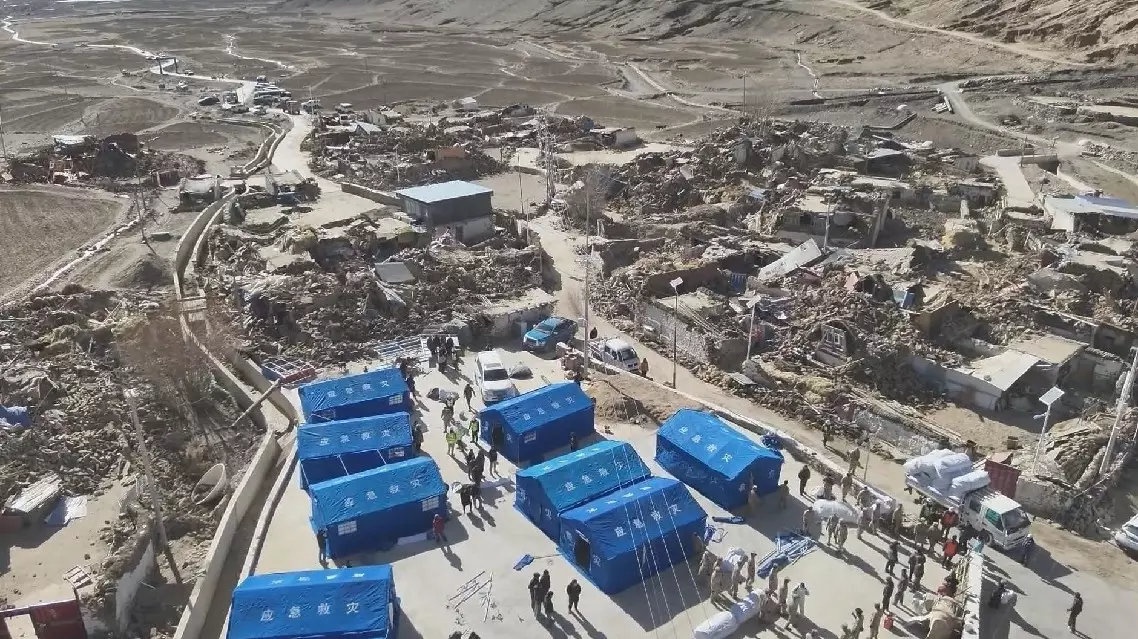
Rescuers continue search for survivors as supplies reach relocated residents in quake-hit Xizang


